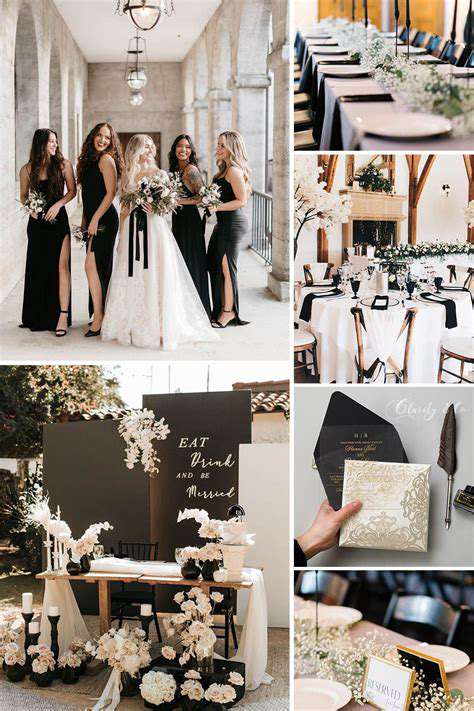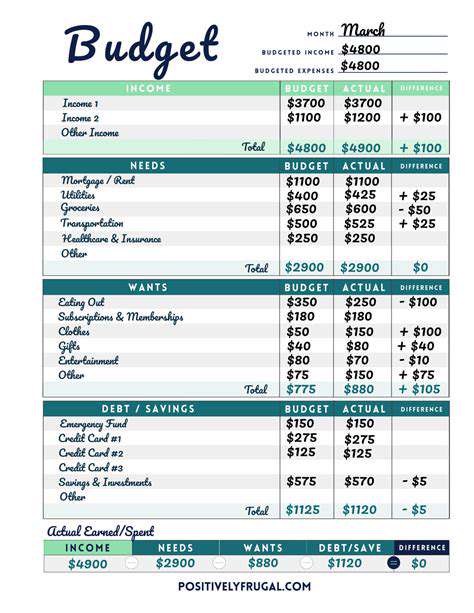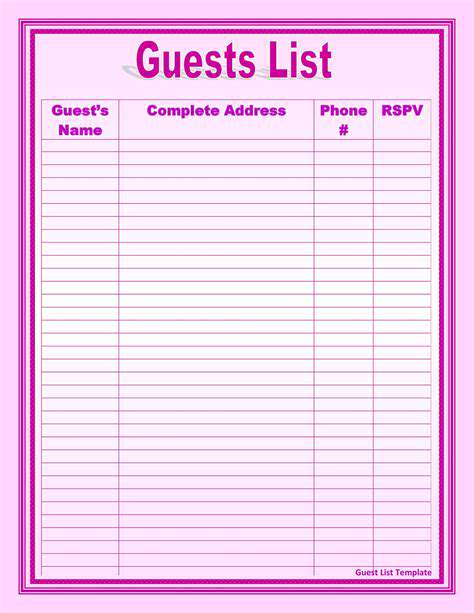Affordable Guide to Organizing a Small Intimate Wedding
Calculating Beverage Costs and Alternatives
Create a signature non-alcoholic punch alongside a single batch cocktail option. Bulk purchases of seltzers and juices with sliced citrus garnishes feel special without premium liquor costs. For wine, mid-range boxed varieties often surprise with their quality-to-price ratio.
Presentation Matters, Even on a Budget
Elevate simple dishes with strategic presentation techniques: - Use mismatched thrifted platters for rustic charm - Garnish with edible flowers from your garden - Layer textures by serving crunchy bread alongside creamy dips A $3 sprig of rosemary transforms roasted potatoes into a gourmet experience.
Streamlining Your Guest List and Invitations
Crafting a Concise Guest List
The magic of small gatherings lies in their intimacy. Start by listing must-have attendees, then add secondary tiers if space and budget allow. Quality conversations trump quantity every time – a dozen close friends often create more meaningful memories than fifty acquaintances.
Personalizing Your Invitations
Handwritten notes on quality cardstock make digital-era guests feel valued. For casual events, try playful touches like including a favorite recipe or song lyric that reflects your gathering's theme.
Choosing the Right Invitation Medium
Hybrid solutions work beautifully: - Email save-the-dates with paper follow-ups - WhatsApp groups for casual events - Evite for RSVP tracking with mailed keepsake invites Match the medium to your guests' preferences – tech-savvy friends might appreciate a Spotify playlist link, while grandparents may treasure physical mail.
Optimizing Your Invitation Design
Free design tools like Canva offer professional templates. Ensure critical details (date, time, attire) appear prominently. For outdoor events, include a weather contingency plan to prevent last-minute confusion.
Streamlining RSVP Management
Set clear RSVP deadlines and follow up politely with non-responders. Online tools like Google Forms automatically track responses, while old-school phone calls add warmth for important guests.
Crafting a Detailed Event Itinerary (Optional)
For multi-part events, provide timeline highlights: 3:00 PM - Cocktails & lawn games 5:30 PM - Buffet dinner served 7:00 PM - Dessert & stargazing This helps guests plan their participation without feeling overscheduled.
Managing Potential Conflicts and Cancellations
Prepare a polite script for last-minute cancellations: We'll miss you! Let us know if circumstances change. Keep a short waitlist of alternates for no-shows, but prioritize grace over perfection when plans shift unexpectedly.
Read more about Affordable Guide to Organizing a Small Intimate Wedding
Hot Recommendations
- Step by Step Guide to Creating a Memorable Wedding Experience
- Expert Advice on Planning a Wedding with Family Traditions
- How to Organize a Destination Wedding That Reflects Your Style
- How to Choose the Perfect Wedding Venue for Your Style
- Expert Tips for Choosing Wedding Decor That Elevates Your Event
- How to Plan a Timeless Wedding with Modern Flair
- How to Create a Detailed Wedding Plan That Covers Every Detail
- How to Choose the Right Wedding Music for Every Moment
- Step by Step Guide to Crafting Personalized Wedding Themes
- How to Plan a Sustainable Wedding with Eco Friendly Ideas











